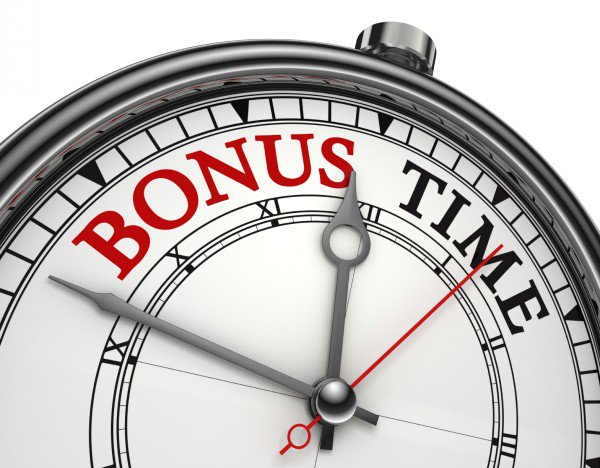This
move
also
allows
time
for
the
required
consultations
and
legal
processes
to
unfold.
The
decision
by
Schreiber
follows
a
directive
from
the
Gauteng
High
Court
requiring
the
Minister
to
consult
with
affected
ZEP
holders
and
stakeholders
regarding
the
future
of
the
permit
programme
The
Zimbabwean
Exemption
Permit
was
initially
introduced
to
allow
Zimbabwean
nationals
living
in
South
Africa
to
regularise
their
stay.
However,
the
future
of
the
programme
has
been
under
scrutiny,
with
ongoing
debates
on
whether
it
should
be
extended
or
phased
out.
“I,
Dr
L.
A.
Schreiber,
MP,
Minister
of
Home
Affairs,
with
the
powers
bestowed
upon
me
in
terms
of
section
31(2)(b)
of
the
Immigration
Act,
(“Immigration
Act”)
have
decided
to
extend
the
validity
of
the
Zimbabwean
Exemption
Permits
(“ZEP”)
until
28
November
2025
in
order
for
me
to
fulfill
the
duty
placed
on
me
by
the
Gauteng
High
Court
to
consult
the
affected
ZEP
holders
and
all
other
stakeholders
on
the
future
of
the
current
dispensation,”
Schreiber
said
in
a
statement
issued
by
the
Department
of
Home
Affairs
on
November
28,
2024.
The
Home
Affairs
minister
said
the
extension
would
provide
the
necessary
time
for
consultation
and
allow
the
reactivation
of
the
Immigration
Advisory
Board
(IAB).
“The
first
task
of
the
IAB
will
be
to
consider,
advise,
and
enable
the
steps
required
for
compliance
with
the
Order
of
the
High
Court
on
the
future
of
the
ZEP,”
Schreiber
stated.
The
extension
comes
with
several
key
provisions
to
provide
fair
treatment
for
ZEP
holders
during
the
transition
period
in
accordance
with
the
Immigration
Act,
read
together
with
the
Immigration
Regulations,
2014.
These
include:
1.
Validity
of
Existing
Permits
where
all
existing
ZEPs
will
remain
valid
for
the
next
12
months,
making
sure
permit
holders
will
not
face
deportation
or
arrest
for
not
having
a
valid
exemption
certificate
during
this
period.
2.
No
Deportation:
ZEP
holders
will
not
be
detained,
deported,
or
ordered
to
depart
South
Africa
solely
based
on
the
validity
of
their
permits,
as
long
as
they
are
otherwise
complying
with
the
Immigration
Act.
3.
Ease
of
Entry
and
Exit:
ZEP
holders
will
be
permitted
to
enter
and
exit
South
Africa,
provided
they
meet
all
other
requirements
for
entry,
except
for
the
possession
of
a
valid
visa.
4.
Visa
Applications:
ZEP
holders
will
not
be
required
to
produce
a
valid
exemption
certificate,
visa,
or
authorisation
letter
when
applying
for
temporary
visas
or
permits.
Minister
Schreiber
highlighted
the
importance
of
allowing
a
fair
process
for
all
affected
individuals,
noting
it
provides
ZEP
holders
with
the
security
and
clarity
they
need,
while
also
allowing
time
for
the
required
consultations
and
legal
processes
to
unfold.
The
Home
Affairs
Ministry
has
directed
any
queries
related
to
the
directive
to
be
sent
to
its
contact
center
for
further
assistance.
The
extension
of
the
ZEP
is
seen
as
a
temporary
but
critical
measure
in
addressing
the
challenging
situation
facing
Zimbabwean
nationals
in
South
Africa,
offering
a
reprieve
for
the
one-year
period
while
consultations
on
the
future
of
the
programme
continue.
For
more
information,
ZEP
holders
are
encouraged
to
contact
the
Department
of
Home
Affairs
at hacc@dha.gov.za.
On
1
December
2023,
former
Minister
of
Home
Affairs
(Minister),
Dr
Aaron
Motsoaledi,
announced
his
decision
to
grant
an
exemption
to
foreign
nationals
in
possession
of
either
a
ZEP
or
a
Lesotho
Exemption
Permit
(LEP).
In
terms
of
the
announcement,
the
Minister
extended
the
validity
of
ZEPs
and
LEPs
for
an
additional
period
of
12
months,
that
was
from
29
November
2023
to
29
November
2024,
which
decision
was
gazetted
on
4
December
2023.
The
purpose
of
this
extension
was
to
allow
holders
of
a
ZEP
or
LEP
an
opportunity
to
apply
for
a
new
exemption
permit
that
would
be
issued
with
an
expiry
date
of
29
November
2025.
All
ZEP
and
LEP
holders
were
accordingly
allowed
to
continue
working
and
residing
in
South
Africa
until
at
least
29
November
2024,
unless
they
obtain
new
exemption
permits
that
will
allow
them
to
reside
and
work
in
South
Africa
as
if
they
were
permanent
residents
until
29
November
2025.











